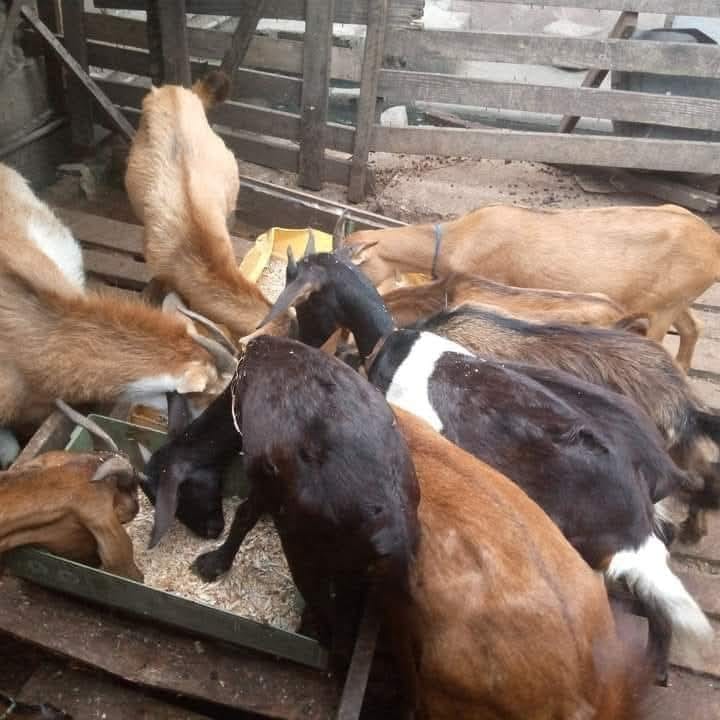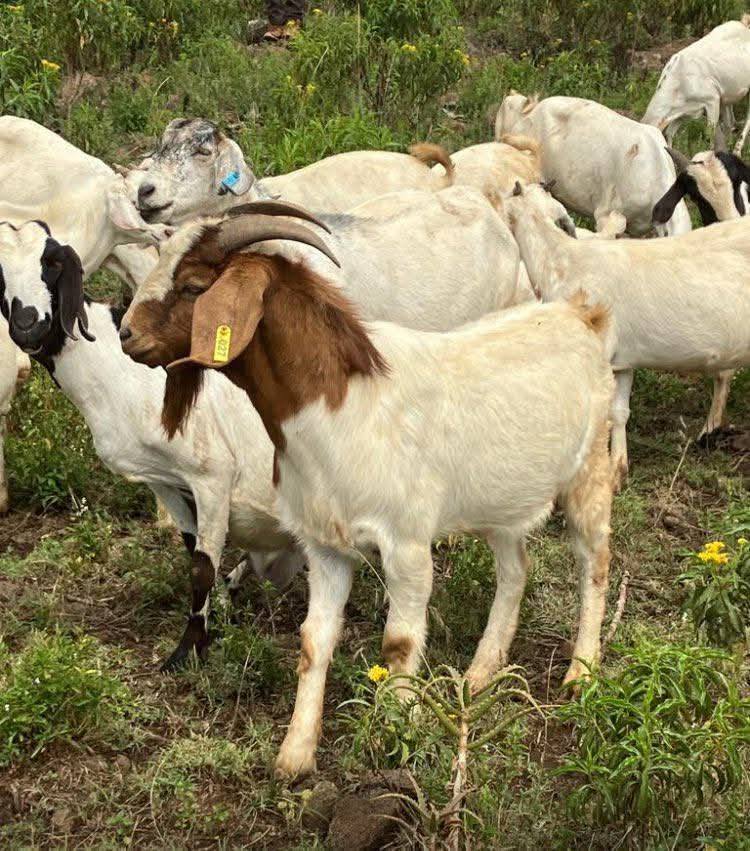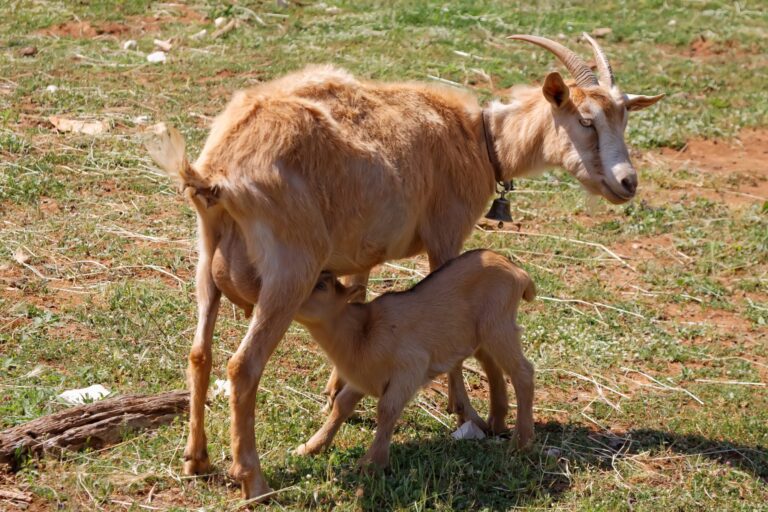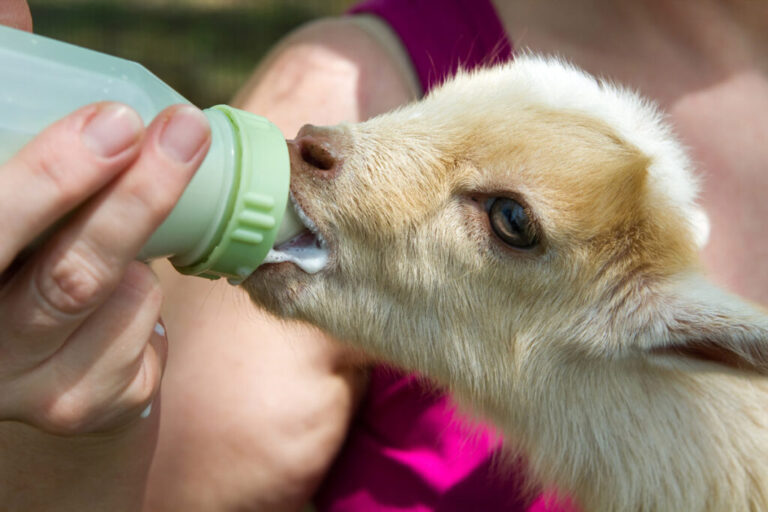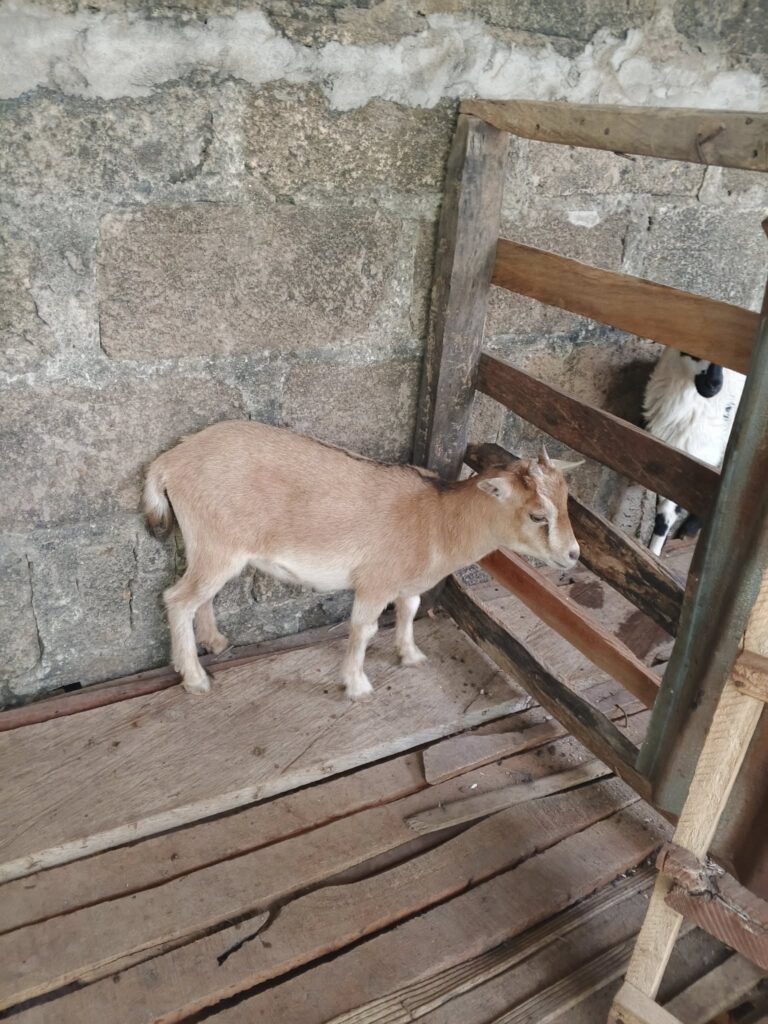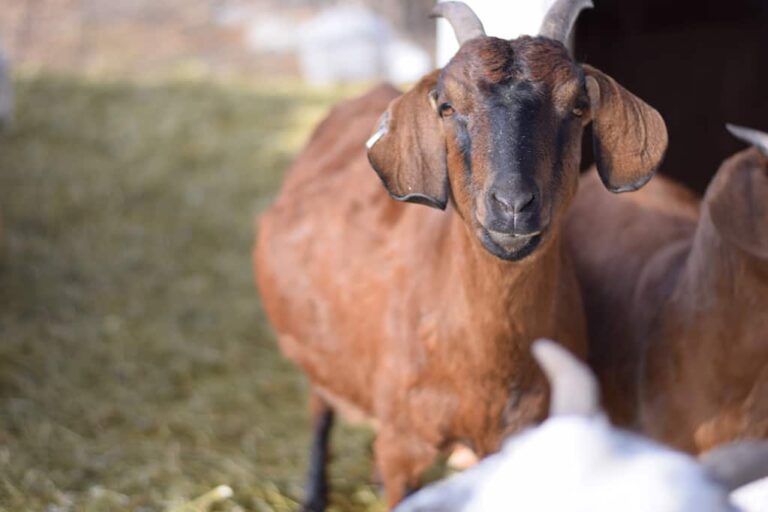Feeding is the backbone of goat farming. Whether you’re raising goats for meat, milk, breeding, or even fiber, what you feed them and how consistently you do so directly impacts their health, growth, productivity, and profitability.
But not all goats eat the same way. Kids, bucks, and does each have different nutritional needs based on their age, purpose, and physiological stage.
This comprehensive feeding guide helps you understand how to feed your goats properly at every stage of life, maximizing performance while managing costs effectively.
Goat Nutrition Basics
Goats are ruminants, meaning they rely on a four-chambered stomach system to digest fibrous plant material.
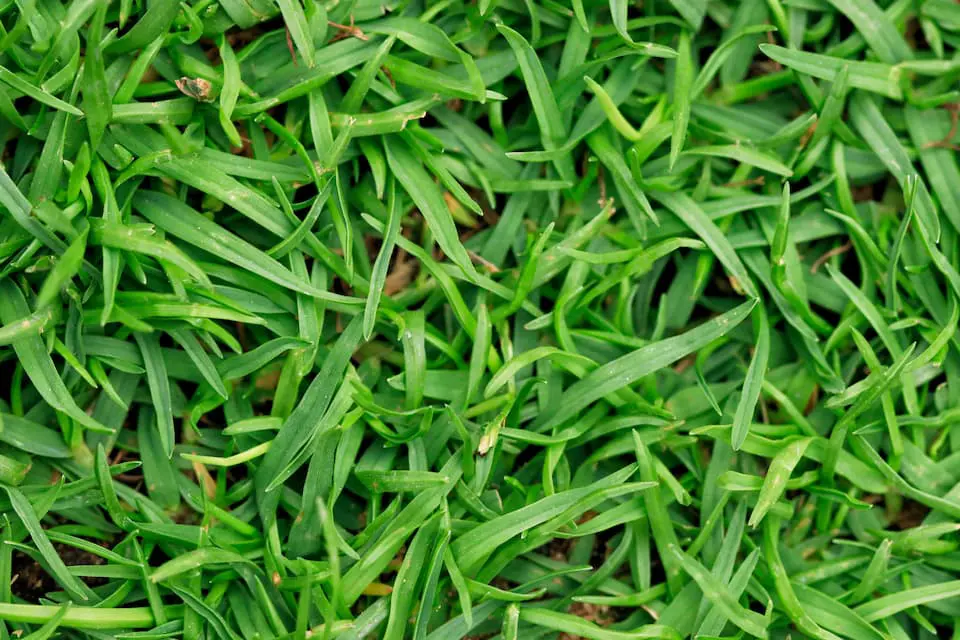
Their diet should be centered on roughage (grasses, hay, leaves, and browse), supplemented with concentrates, minerals, and clean water. Goats also benefit from salt blocks and free-choice minerals, especially in mineral-deficient regions.
The right feeding plan should match your goats’ age, purpose (milk, meat, or breeding), and physical condition.
Overfeeding leads to obesity, poor fertility, or digestive issues, while underfeeding results in stunted growth and low productivity.
Feeding Guide for Goat Kids
Colostrum Feeding (First 24–48 Hours): Within the first hour of life, kids should receive colostrum; rich, antibody-filled milk from the doe. This kickstarts immunity and nutrient absorption. If the mother isn’t available, feed a colostrum substitute.
Milk Feeding (First 8–12 Weeks): Goat kids typically nurse or are bottle-fed with goat milk, cow milk, or milk replacer. Offer 10–12% of their body weight in milk per day, split across 3–4 feedings in the first week, then gradually reduce to 2 feedings daily.
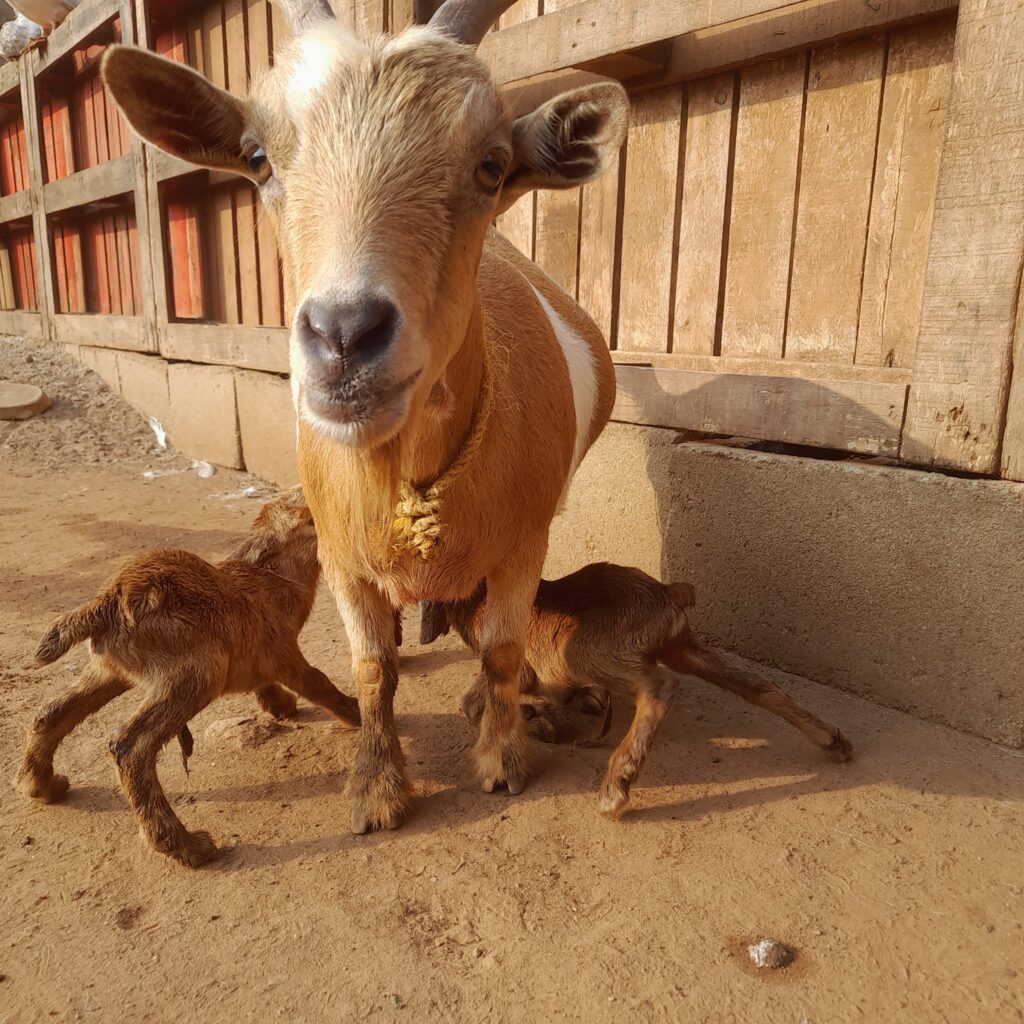
Creep Feeding (From 2–3 Weeks): Introduce creep feed, a starter grain mix containing 16–18% protein, at 2 to 3 weeks old. Keep feed fresh and easily accessible. This encourages early rumen development and smoothens the transition after weaning.
Weaning (8–12 Weeks): Gradually wean kids off milk once they consistently consume solid feed and hay. Provide clean water, high-quality hay (alfalfa or mixed grass), and starter pellets with essential minerals.
Feeding Guide for Does
Non-Pregnant (Maintenance Feeding): Dry does (not pregnant or lactating) require modest nutrition. Provide access to good pasture or hay and minimal concentrate, just enough to maintain body condition. Overfeeding can lead to fat accumulation and reproductive issues.
Pregnant Does: During the first 3 months, stick with maintenance feeding. In the final 6–8 weeks of pregnancy, nutritional demand increases. Begin supplementing with grains or pellets (½–1 pound daily) rich in protein and energy. This supports fetal growth and reduces the risk of pregnancy toxemia.
Lactating Does: Milk production peaks within the first 4–6 weeks after kidding. At this stage, does require 2–3 times more energy than during pregnancy. Feed high-quality alfalfa hay, a balanced grain mix (1–2 pounds/day), and free-choice minerals. Make sure they always have access to fresh, clean water, as lactating does may drink several gallons per day.
Feeding Guide for Bucks
Maintenance Period (Off-Season): Bucks not actively breeding require maintenance feeding similar to dry does. Provide grass hay, access to browse, and very little to no grain. Avoid overfeeding, as obese bucks often have fertility issues.
During Breeding Season: Bucks become more active and may lose weight during breeding. Begin supplementation about 4 weeks before breeding begins, feeding 1–2 pounds of concentrate per day, depending on body condition. Increase mineral availability, especially zinc and selenium, which support reproductive health. Ensure bucks are hydrated and monitor them closely for fatigue or weight loss.
Hay and Forage
Goats thrive on forage. The majority of their diet (at least 70–80%)should come from pasture, browse (leaves, vines, shrubs), and hay. The best hay types include:
- Alfalfa Hay (high protein and calcium) – ideal for lactating does and kids.
- Timothy or Bermuda Grass Hay – good for maintenance feeding.
- Mixed Grass-Legume Hay – suitable for all classes of goats.
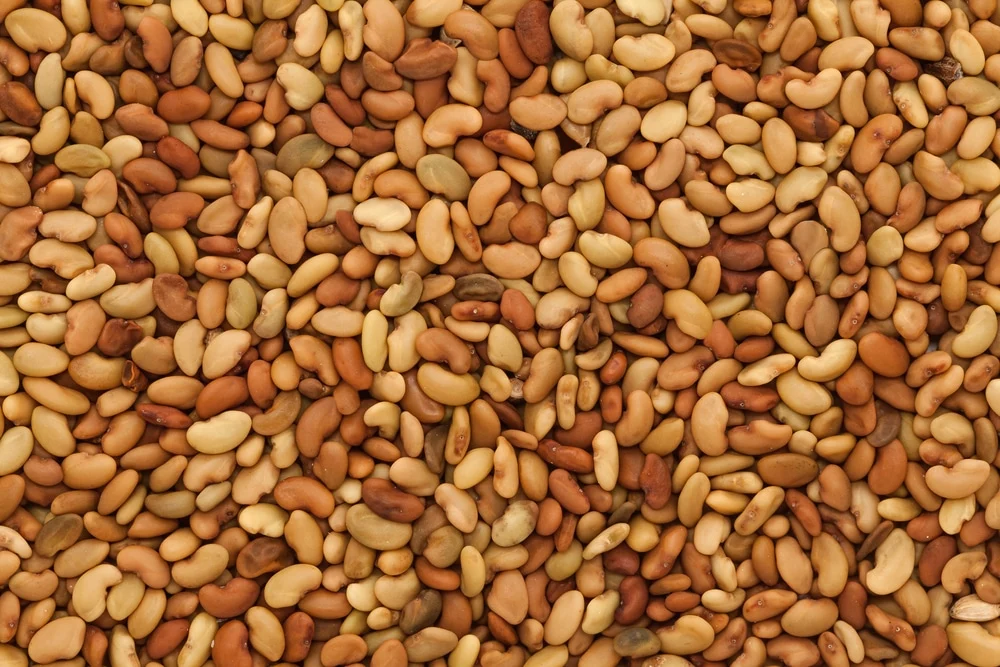
Always provide hay in clean feeders to prevent contamination and wastage.
Concentrates and Grains
Concentrates are especially useful for pregnant does, lactating mothers, fast-growing kids, and breeding bucks. Good grain mixes often include corn, oats, soybean meal, and molasses. Commercial goat pellets are also formulated to deliver balanced nutrients.
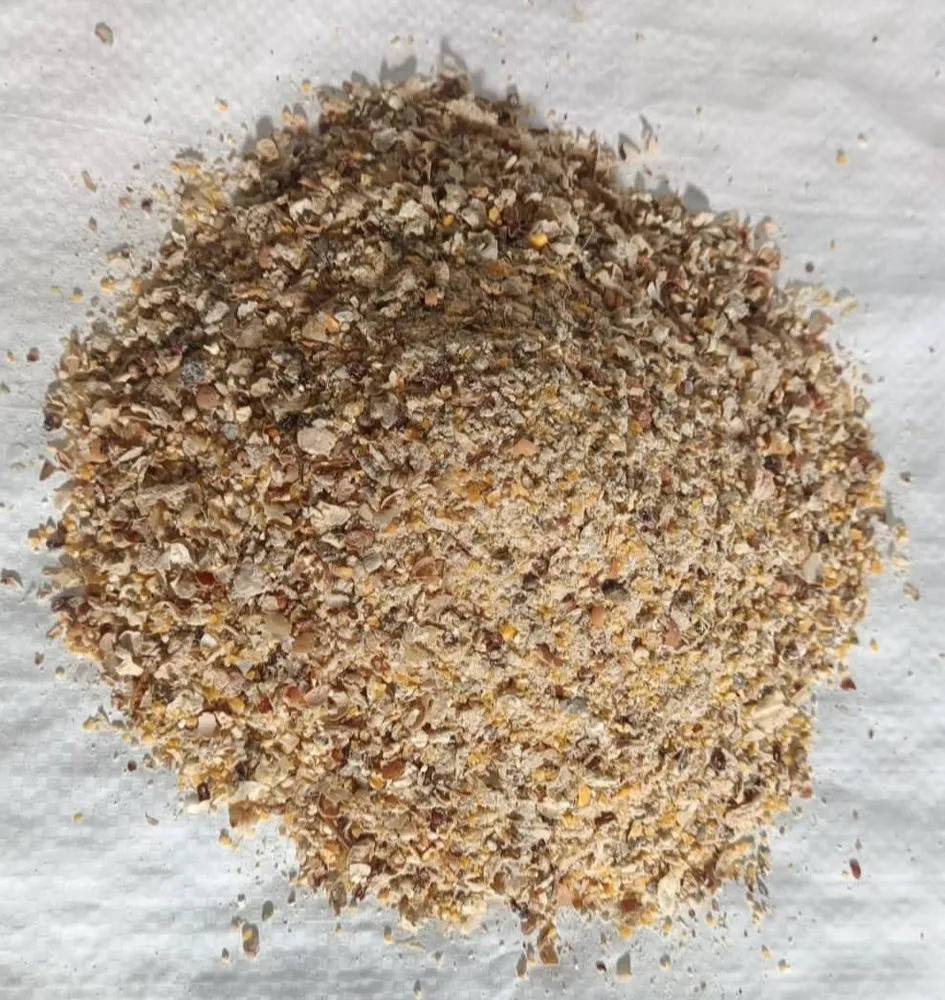
Use concentrates sparingly and adjust quantities based on age, size, and workload. Overfeeding grains can lead to bloat or acidosis, so introduce them slowly and monitor the herd’s reaction.
Minerals, Salt, and Water
Mineral deficiency leads to weak bones, poor fertility, and coat problems. Provide loose minerals or blocks designed specifically for goats (not cattle or sheep) as goats require copper, which is toxic to sheep.
Salt blocks improve appetite and water intake. Make sure clean water is available at all times. Even slight dehydration can reduce milk yield and feed digestion.
Seasonal and Regional Adjustments
In colder regions, increase energy-dense feeds during winter to help goats maintain body temperature.
In hot climates, prioritise hydration and provide shade to prevent heat stress.
Adjust feed types and quantities based on seasonal pasture availability, and consider storing hay in advance to cover dry or snow-bound months.
Wrapping Up
A one-size-fits-all approach doesn’t work in goat nutrition. Feed according to your goats’ age, purpose, and condition.
Monitor body condition regularly, adapt to seasonal changes, and keep feed storage areas clean and dry.
Feeding well is a strategic investment in health, growth, and farm profitability.
Related:

